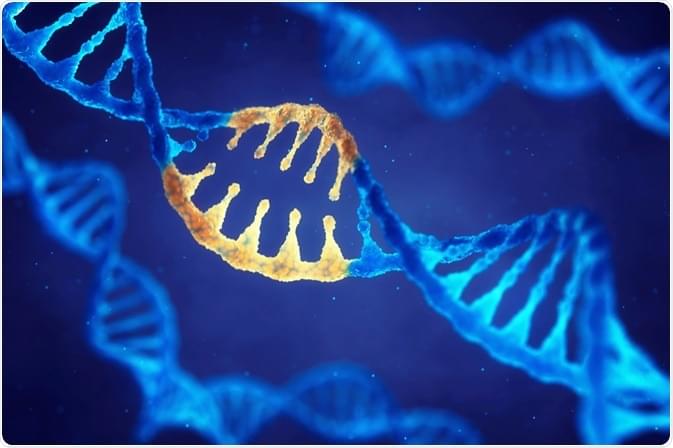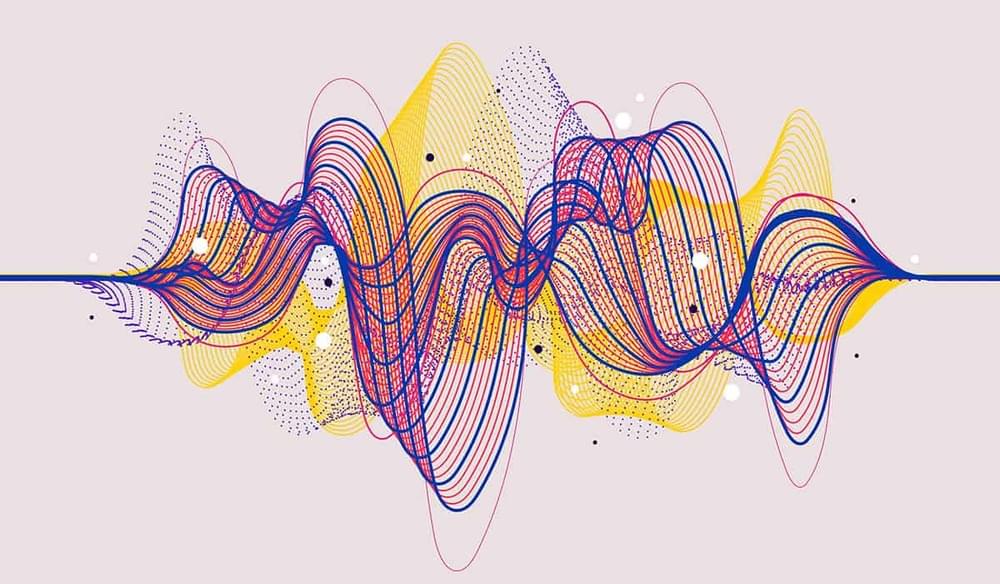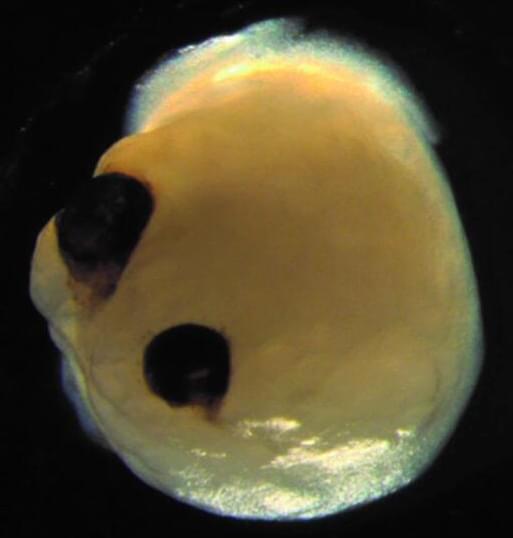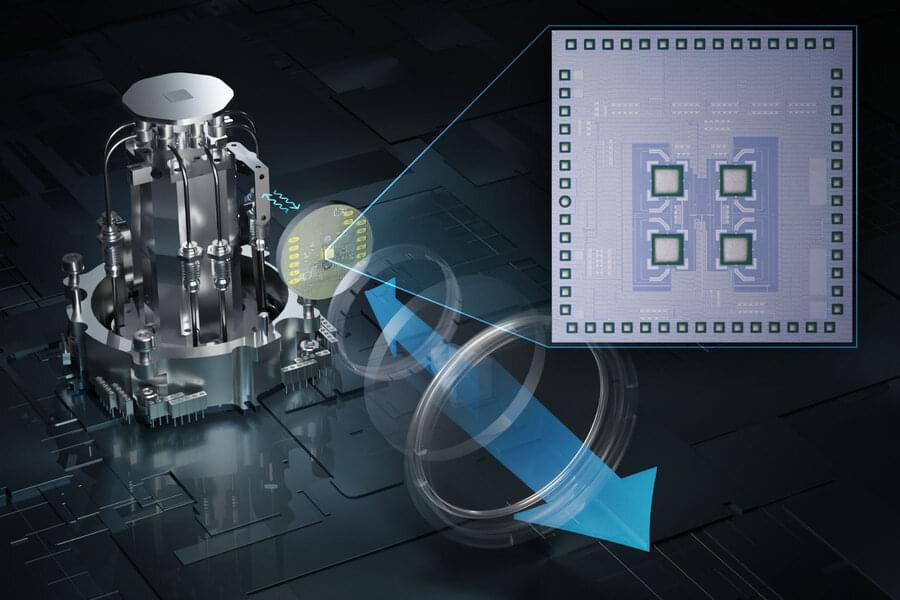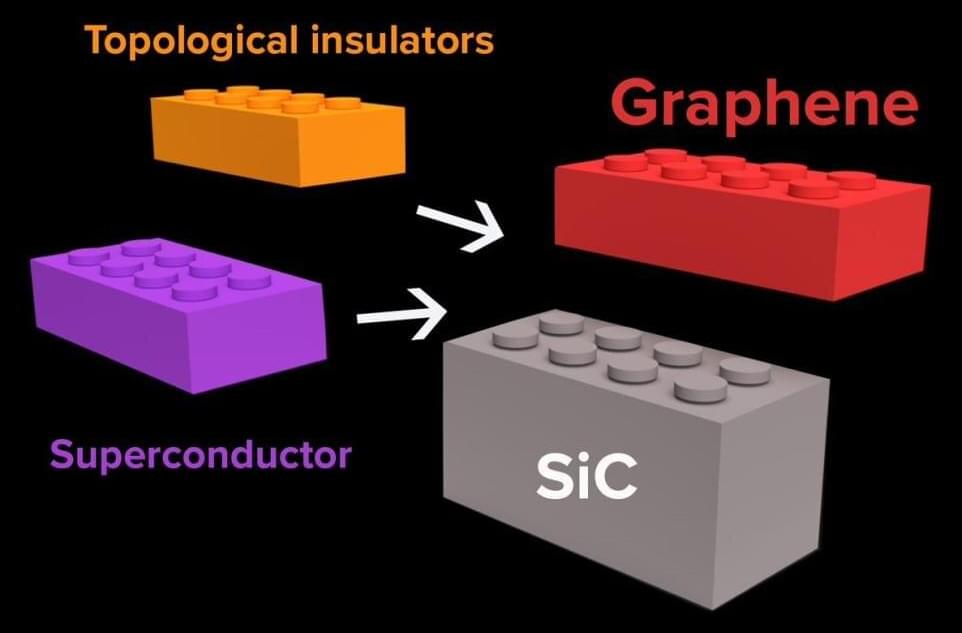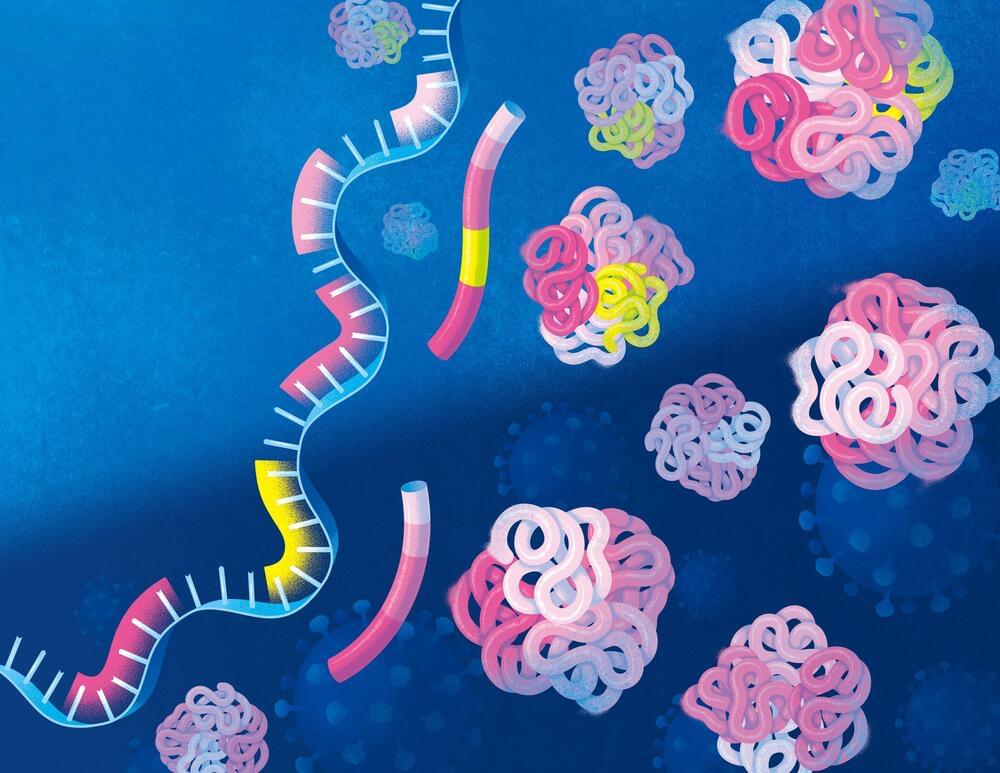Feb 28, 2023
Augmented reality headset enables users to see hidden objects
Posted by Gemechu Taye in categories: computing, materials
It can identify hidden objects with 96 percent accuracy.
MIT scientists have engineered an X-ray vision augmented reality headset that combines computer vision and wireless perception to automatically locate items that are hidden from view.
There is one catch though: the hidden items have to have been labeled with RFID tags.
Continue reading “Augmented reality headset enables users to see hidden objects” »

